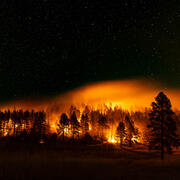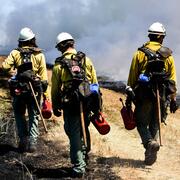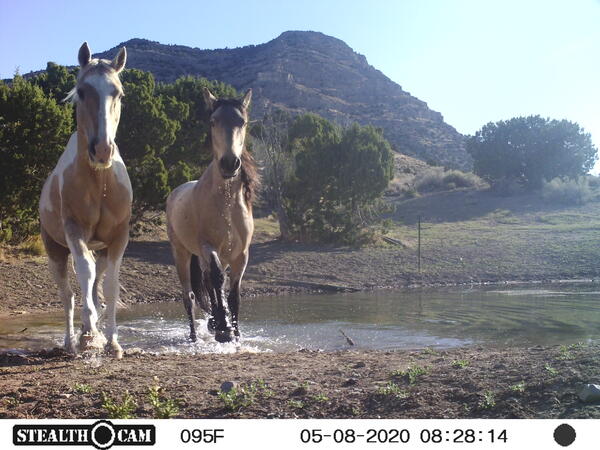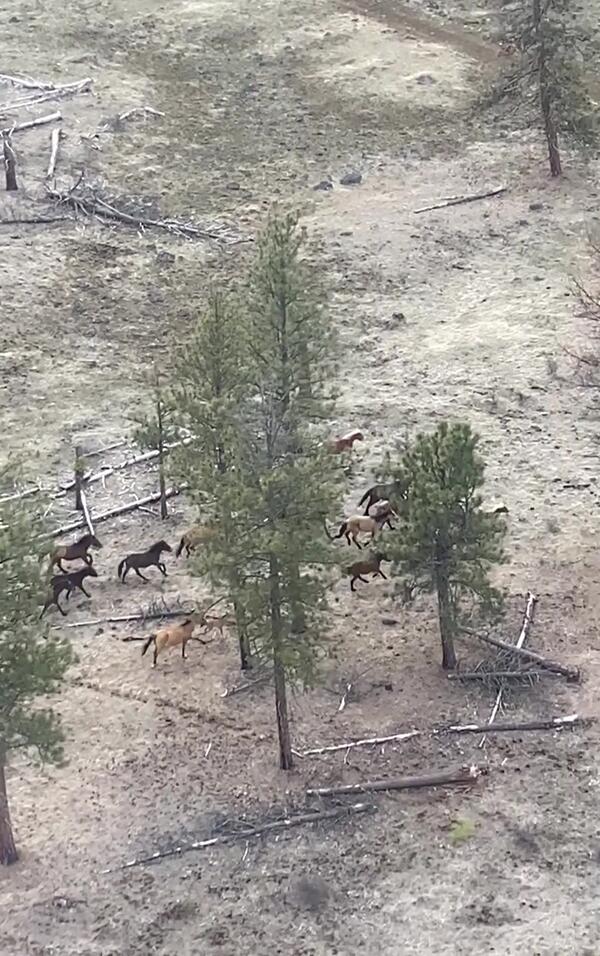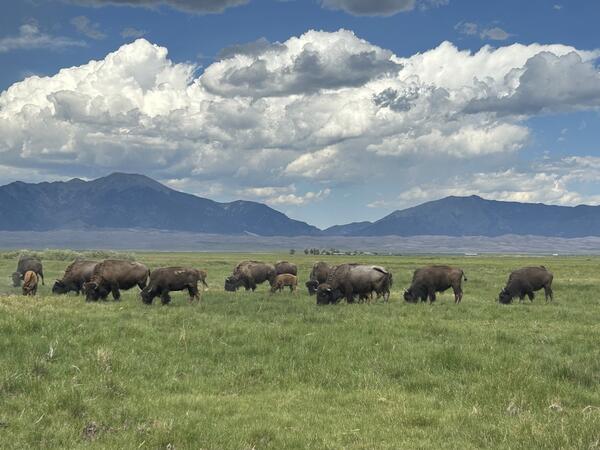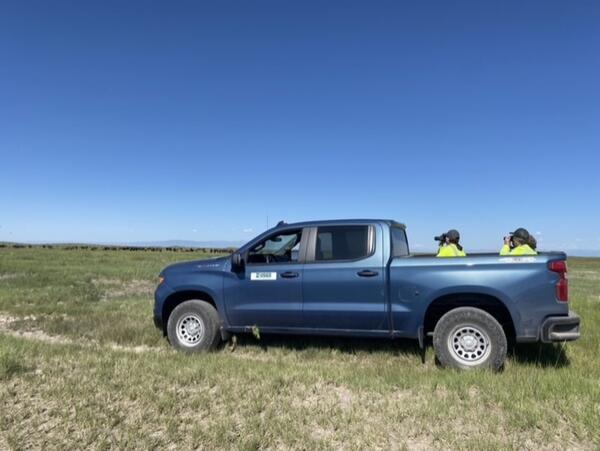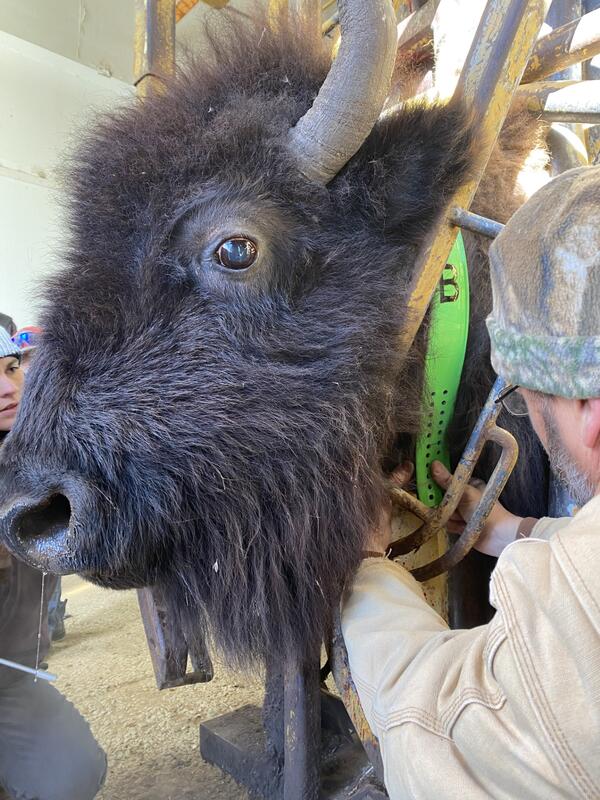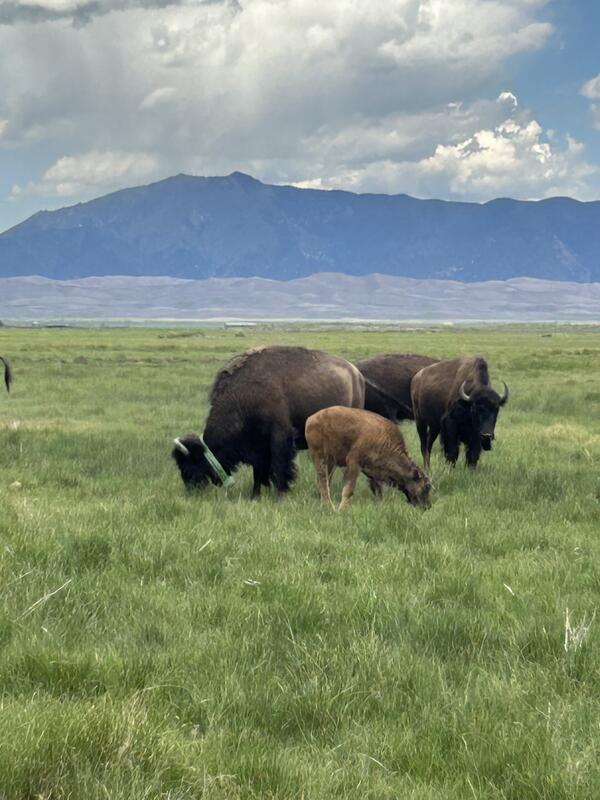Dr. Kate Schoenecker has been studying the ecology of ungulates for 26 years as a Research Wildlife Biologist at the U.S. Geological Survey (USGS) Fort Collins Science Center, Colorado. She received a Master’s degree from the University of Arizona, Tucson studying desert bighorn sheep and a PhD from Colorado State University on bison and elk grazing ecology in the Great Sand Dunes National Park & Baca National Wildlife Refuge ecosystem. She currently leads the Ungulate Ecology Research team, focusing on science to support bison conservation and wild horse and burro research across the west. She’s been studying the ecology of wild horses and burros since 1999, when she was first hired as a USGS field technician recording group composition of horse harems in the Pryor Mountain Wild Horse Range, Montana. Her current work includes investigating free-roaming horse competition with mule deer, and assessing mountain lion predation on free roaming horses in Nevada, as well as assessing fine scale foraging behavior of bison on the North rim of Grand Canyon National Park, Arizona, and the Great Sand Dunes National Park ecosystem of southern Colorado.


